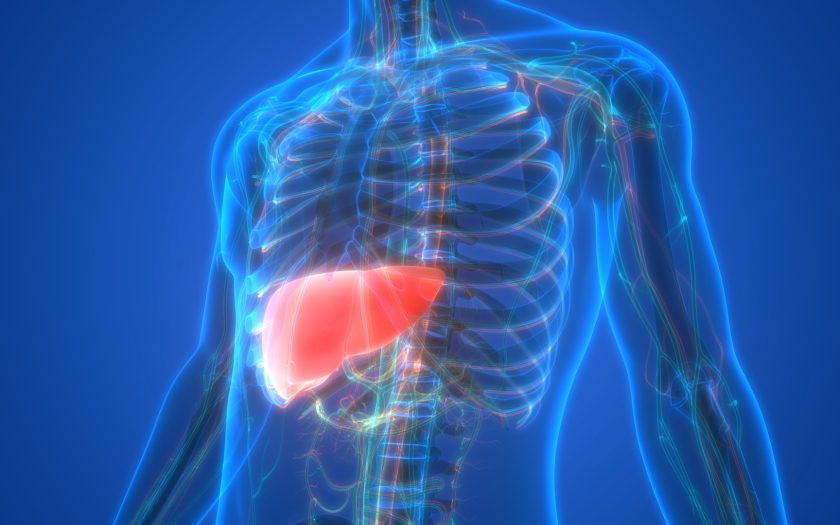The liver takes part in the converting of food into useful substances and energy, ” follows” the level of fat, produces hormones and proteins, acts as a storehouse for trace elements and vitamins. Pathology of this organ will have negative effect to the work of the whole body. Let’s consider the feature of liver disease, methods of diagnostic and treatment.
How diseases appear:
The liver endures the negative effects of external factors and recovers well after suffering diseases or injuries. But the more damage of the organ is, the weaker its ability to renew. If tissues stop being regenerated, the process of organ destruction begins. This happens because of number of reasons:
- effect of alcohol, nicotine, other toxic substances;
- infraction of healthy eating rules;
- uncontrolled intake of medicines;
- infection diseases of the organ;
- disturbance of exchange processes in your body .
Most liver diseases are quite dangerous for humans and pass asymptomatic at first. You can determine the pathology of the organ by the first signs: overweight, varicose veins, changes in character (anger, irritability, conflict), low blood pressure, frequent colds and viral diseases.
The diarrhea, nausea, heartburn may appear, the color of urine and feces may change if you have pathologic of liver. Jaundice of the skin is considered to be the main symptom indicating a malfunction of the organ. The reason for this is a violation of bilirubin metabolism. Bilirubin is a yellow-green pigment that appears as a result of the breakdown of erythrocytes that have completed their cycle. The norm of total bilirubin is 8-20.5 μmol/l for an adult. If its level increases, the skin and sclera of the eyes turn yellow.
Liver pathology can be recognized by the following signs:
- acne rash;
- vision loss, headache;
- itching of thin skin areas;
- constant feeling of hunger and thirst;
- sleep disorders;
- increased heart rate;
- hair loss;
- over perspiration with an unpleasant smell;
- decrease body weight or increase the weigh in abdominal area;
- painful sensations or discomfort in the area of the organ;
- general weakness, reduced mental and thinking potential, malaise;
- increase of the size of the liver.
Disruption of the menstrual cycle can be a characteristic symptom of liver disease for women. Over time, too much or too little hormone can also lead to atrophy of the mammary glands and uterus.
Diagnosis and treatment of organ diseases
It is important to remember that there are no nerve endings in the liver and it does not hurt. This complicates the process of detecting diseases in the initial stages. If signs indicating pathological processes in the liver appear, it is necessary to immediately consult to a gastroenterologist. A number of tests and analysis are usually prescribed for liver diseases:
- Ultrasound examination of the liver;
- MRI, CT, radionuclide scanning of the organ;
- puncture biopsy of the liver;
- blood tests for the presence of viruses and cancer cells;
- genetic and immunological analyses;
- biochemical analyses.
Some diseases do not respond well to drug therapy, and some are completely curable. For example, hepatitis C is very likely to be cured with drugs such as Hepcvir or Daclahep. However, sometimes it is impossible to completely restore the function of the organ.

